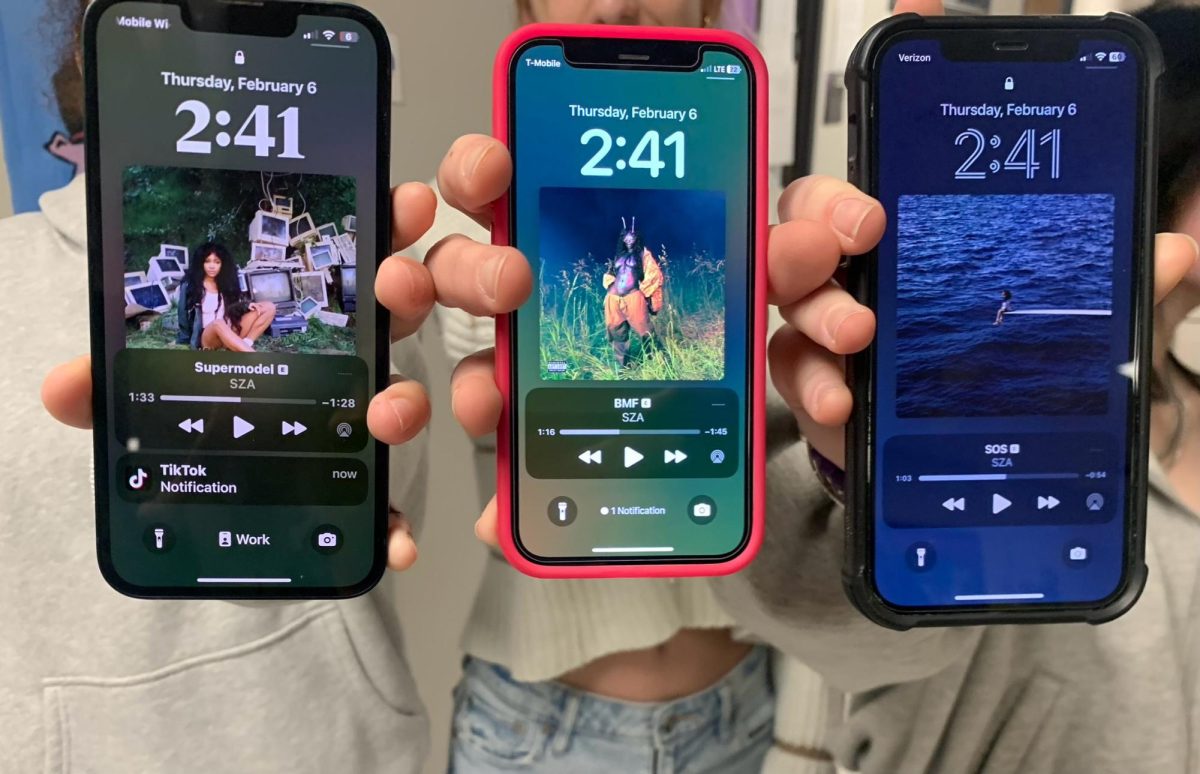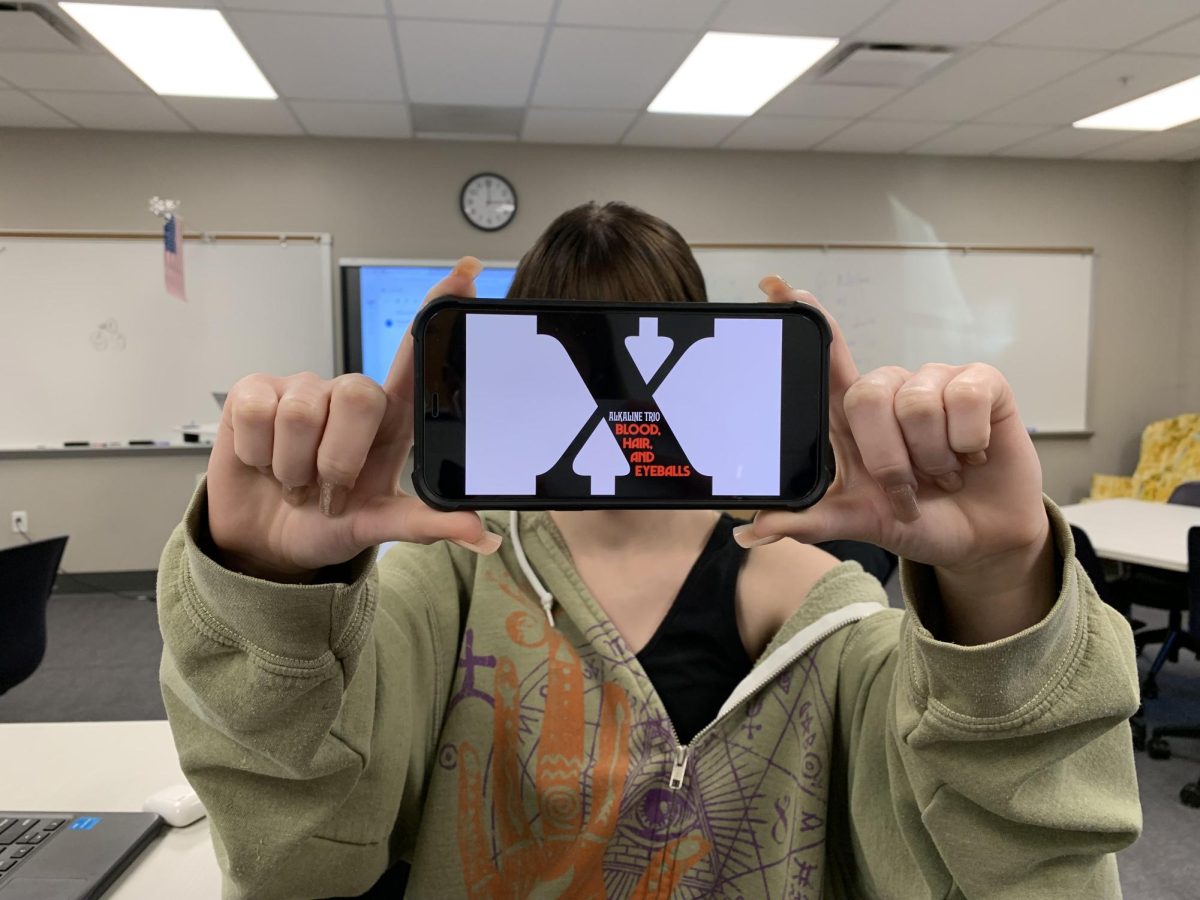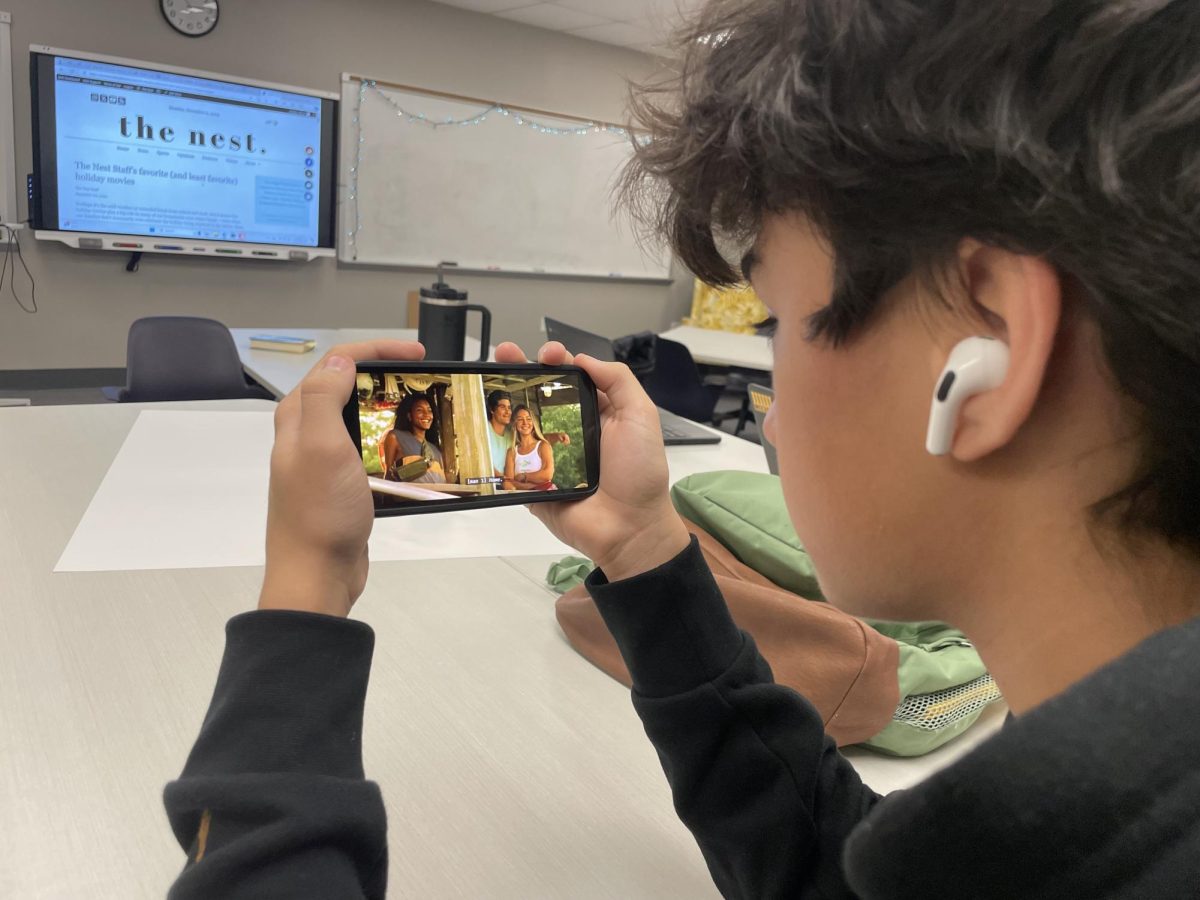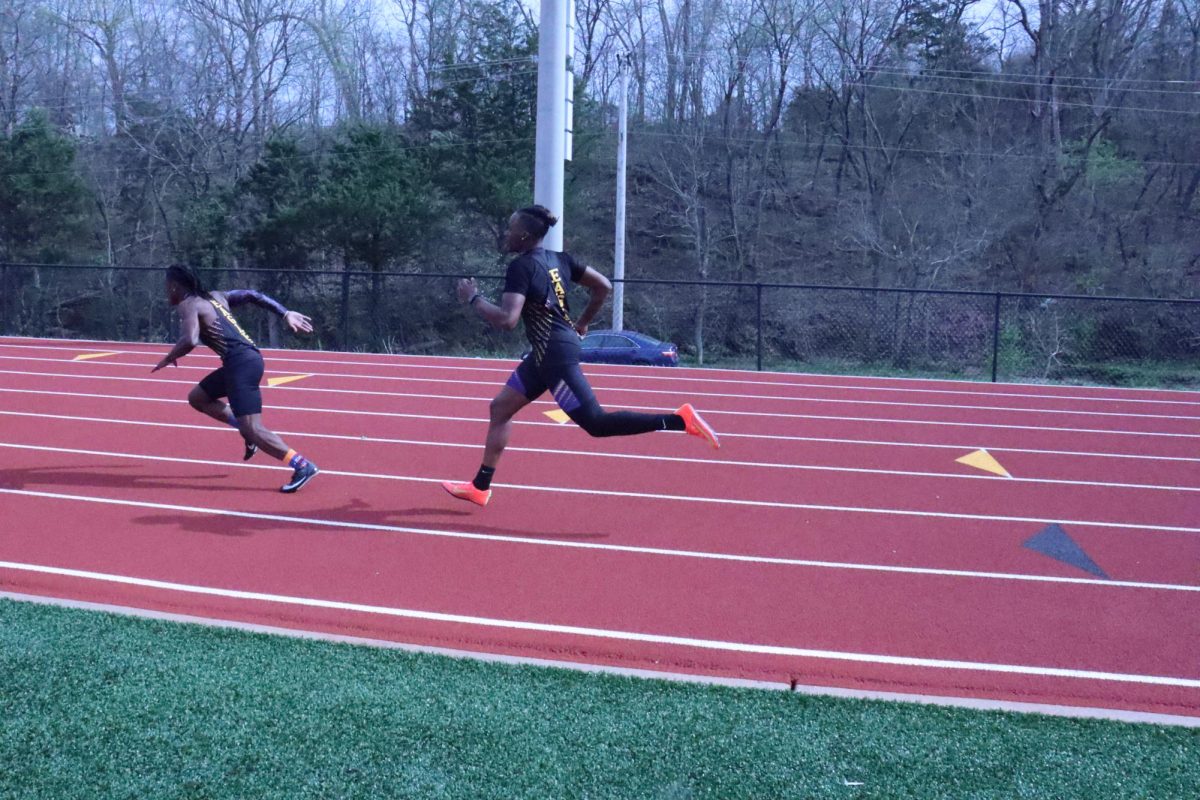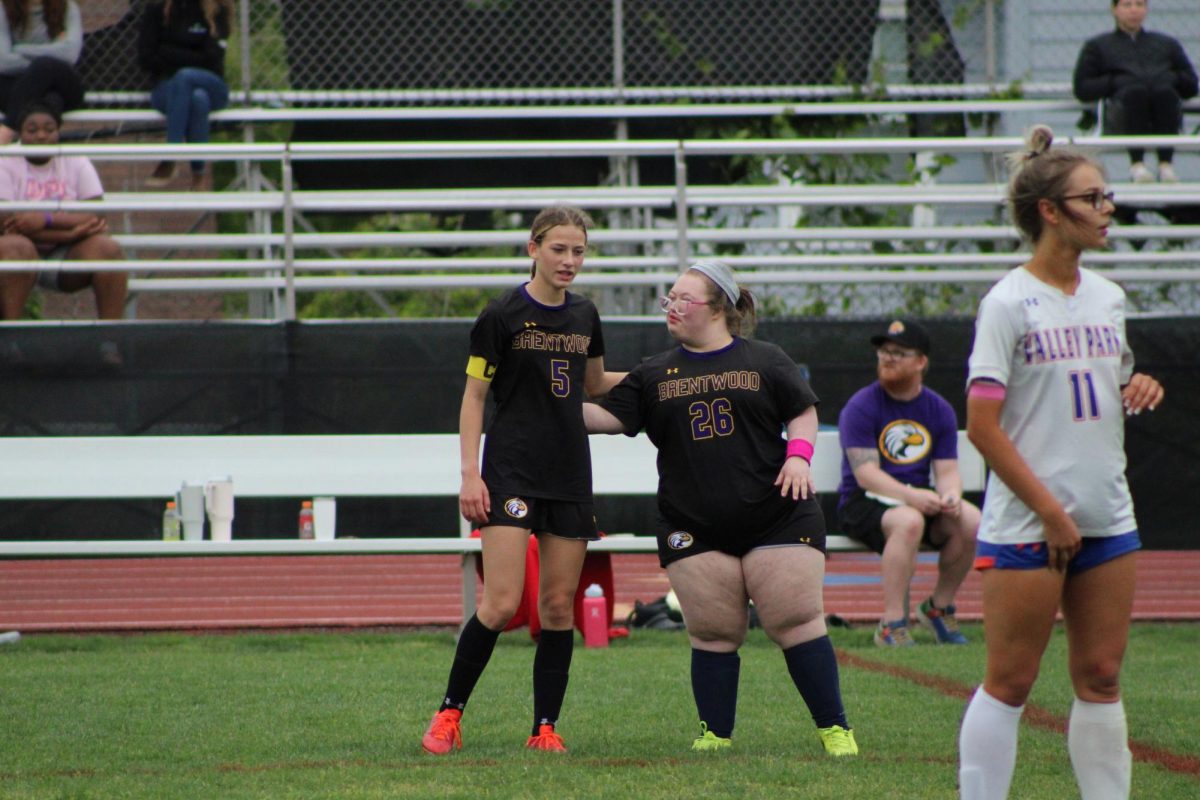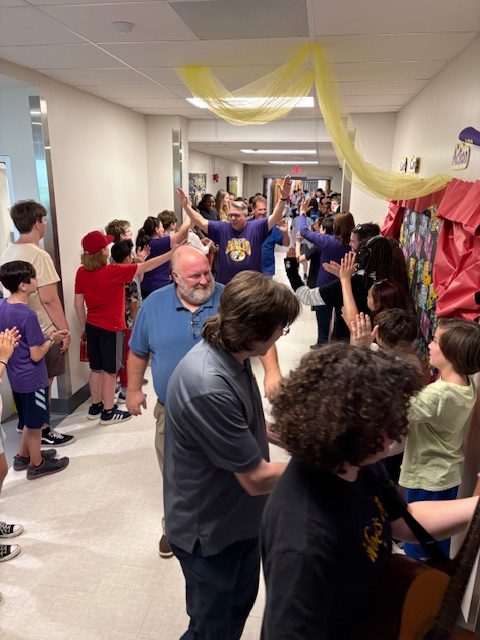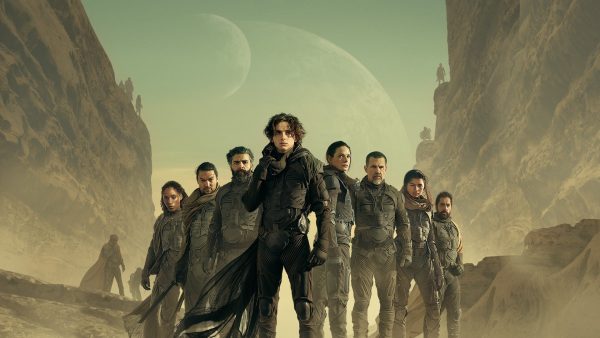
Movie theaters everywhere released Dune: Part Two in March of 2024 to widespread critical acclaim and financial success. It is the sequel to Dune: Part One, released in 2021. Both are adaptations of the same novel, Dune, by Frank Herbert, a story previously considered impossible to adapt successfully following a failed attempt in 1984 that was directed by David Lynch.
Even though any everyday schmuck could improve on the 1984 Dune film simply by removing the scream-triggered laser guns seen in the 1984 adaptation, Denis Villeneuve brings grounded yet futuristic interpretations of the novel’s elements to make a movie that doesn’t make you scoff!
Both modern works directed by Denis Villeneuve have succeeded critically (not to mention becoming my 1st and 2nd favorite movies) and look to spawn a film franchise with further adaptations from Herbert’s extensive Dune series. And given that the Dune Book Series contains 23 novels (3 of which I’ve read, 20 of which I’ve laughed at the premises of) and spans 15,000 years, Dune: Part Two and any subsequent sequels have plenty of stories to pull from.
The Story of Dune: Part Two retains the intriguing themes of destiny and revenge that Frank Herbert used back in 1965 with his original novel. The film follows Paul Atriedes (Timothée Chalamet) as he attempts to survive in the desert under the weight of the prophecy of the Kwisatz Haderach (or the Lisan Al-Gaib as the indigenous Fremen population know it) while trying to avenge the suffering his people endure in Dune: Part One. The story questions the concept of prophecy and destiny while presenting several harsh futures for our protagonist to decipher and choose between.
How Dune: Part Two uses movie-specific elements to improve a famous novel!
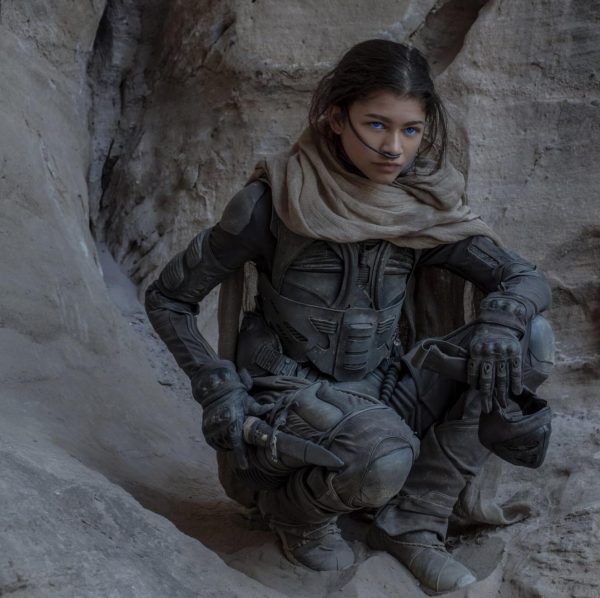
Despite remaining extremely faithful to its source material, Dune: 2 isn’t a one-to-one adaptation of Dune. Denis Villeneuve makes several changes from the book, most notably in the character of Chani and some sly foreshadowing of the events that occur in Dune Messiah, Frank Herbert’s sequel to the original Dune. Villeneuve even goes as far as to turn the book’s female love interest into a whole female character! While I won’t comment on the setup for a potential third Dune movie, the changes made to Chani, played by Zendaya, work wonderfully to give her more motive and increase her role and significance in the story.
Dune: Part Two contains some of the best cinematography I have ever enjoyed viewing. The unique visuals of futuristic heavy machinery meeting the harsh natural environment of the desert are breathtaking. The design of the technology, locations, and different objects in the Dune universe are all memorable and distinct. The various camera angles in the film create a close, personalized feeling that allows the viewer to relate to the characters and the situations they endure. The cameras also pull back to a broader view, enabling the watcher to experience the weight of more cinematic moments fully.
In summary, you get close looks at the scaly texture of giant sandworm nostrils and epic shots of sandworms devouring groups of attackers!
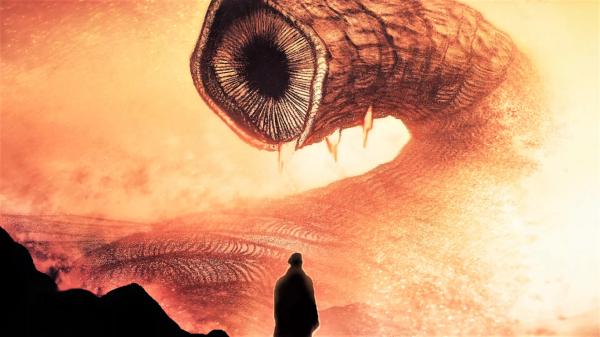
Dune: Part Two isn’t just an excellent film visually, however, as its sound design and score are excellent. The sound effects work nearly as well as the subtle music itself, as I can no longer hear a kick drum rhythm without looking out for giant worms and running away from sand! While the music remains in the background for most of the film, every cinematic moment is amplified perfectly by the work of composer Hans Zimmer. Zimmer brilliantly punctuates various moments throughout the movie with either an eerie quiet or a bombastic score with memorable vocalizations.
While you can view Dune: Part One right now on Max, Dune Part: Two is still available in theaters! The films are more than worthy watches that serve as great standalone films and adaptations!


